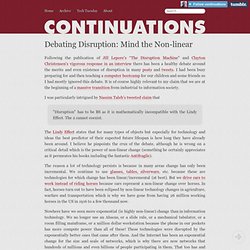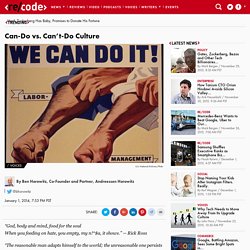

Board Observers Weekly - June 24th, 2014. Post-Money Evaluations. On a startup’s fundraising process >>> In a seed round, you should use a standard term sheet and agree on basic terms to keep legal fees low.A simple Series A term sheet should have no special dividends, no registration rights, and limited protective provisions — just a simple 1x, non-participating preferred with standard anti-dilution, conversion, pre-emptive, ROFR and co-sale rights.Raising money is a trade-off between valuation and control.The success of a venture deal, in general, is the inverse proportion of the number of venture capitalists (non-independent, non-operators) on a startup’s Board of Directors.New York VCs (and other east coasters) have an advantage to win European startup financings — mainly because of the time zone difference between Europe and Silicon Valley.When an entrepreneur is planning to raise money, providing potential investors with an abridged monthly update is a great way of keeping VCs engaged and interested.

(But please, ask first. Building a Company. What Seed Financing Is For. Marc Andreessen posted a tweetstorm last week and he talked about how to think about seed financings and how they lead into Series A and Series B rounds.

Feature request for Twitter: Please make it possible to permalink to and embed a tweetstorm. You can call this the @pmarca feature. I replied to item 6/ of his tweetstorm: I feel very strongly that seeds should not be as large as they are these days and they should not be used to fund anything other than building product and finding product market fit. It is possible to raise a large seed that, in theory, could fund all of that, plus a lot more. But I’m old school.
The first step you need to climb is building a product, getting it into the market, and finding product market fit. The second step you need to climb is to hire a small team that can help you operate and grow the business you have now birthed by virtue of finding product market fit. The third step you need to climb is to scale that team and ramp revenues and take the market.
Debating Disruption: Mind the Non-linear. Debating Disruption: Mind the Non-linear Following the publication of Jill Lepore’s “The Disruption Machine" and Clayton Christensen’s vigorous response in an interview there has been a healthy debate around the merits and even existence of disruption in many posts and tweets.

I had been busy preparing for and then teaching a computer bootcamp for our children and some friends so I had mostly ignored this debate. It is of course highly relevant to my claim that we are at the beginning of a massive transition from industrial to information society. What It Will Take to Create the Next Great Silicon Valleys, Plural. The popular recipe for creating the “next” Silicon Valley goes something like this: *Build a big, beautiful, fully equipped technology park; *Mix in R&D labs and university centers; *Provide incentives to attract scientists, firms, and users; *Interconnect the industry through consortia and specialized suppliers; *Protect intellectual property and tech transfer; and *Establish a favorable business environment and regulations.
Except … this approach to innovation clusters hasn’t really worked. Some have even dismissed these government-driven efforts as “modern-day snake oil.” Yet policymakers are always searching for the next Silicon Valley because of the critical link between tech innovation, economic growth, and social opportunity. Previous efforts at such clusters failed for a variety of reasons, but one big reason is that government efforts alone simply don’t draw people. But policymakers shouldn’t be trying to copy Silicon Valley. Why this approach? So what are the risks? Related. Understanding How The Innovator’s Dilemma Affects You. One of the most influential books of my career is The Innovator’s Dilemma by Clay Christensen.

I cannot recommend it enough for people in the technology or media sectors. Many people bandy about the definitions of “disruptive technology” or “the innovator’s dilemma” without ever having read the book and almost universally misunderstand the concepts. Can-Do vs. Can’t-Do Culture. “God, body and mind, food for the soul When you feeding on hate, you empty, my n!

*$a, it shows.” — Rick Ross “The reasonable man adapts himself to the world; the unreasonable one persists in trying to adapt the world to himself. Therefore, all progress depends on the unreasonable man.” — George Bernard Shaw Lately, it has become in vogue to write articles, comments and tweets about everything that’s wrong with young technology companies. The Sure Thing. How entrepreneurs really succeed.

In 1969, Ted Turner wanted to buy a television station. He was thirty years old. He had inherited a billboard business from his father, which was doing well. But he was bored, and television seemed exciting. “He knew absolutely nothing about it,” one of Turner’s many biographers, Christian Williams, writes in “Lead, Follow or Get Out of the Way” (1981).